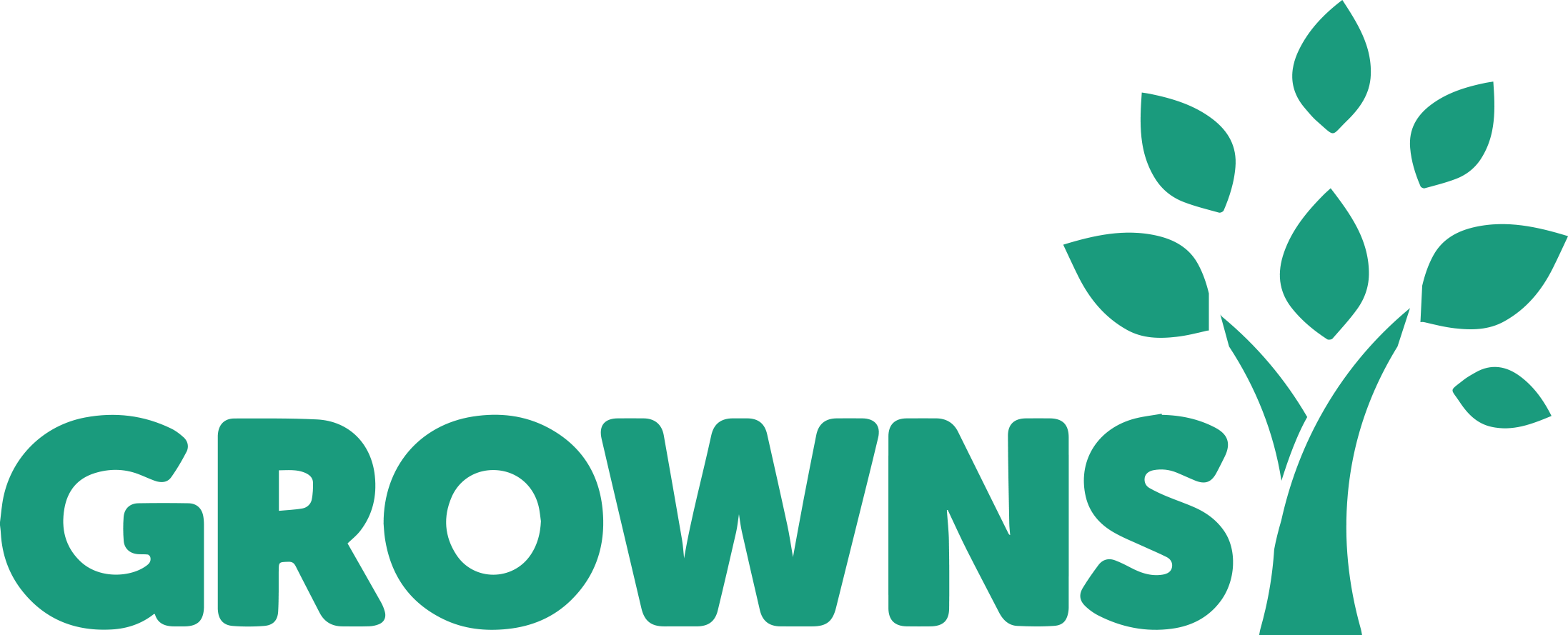In the first year of life, the unified recommendation for the nutrition of your baby is: Breast milk is the best food for babies. But there is also high quality ready-to-use milk. With the introduction of complementary foods, whether with porridge or without, your baby will then reach an important milestone.
Breastfeeding: the best for baby & mom
Breast milk is the optimal food for your child. It contains all the necessary nutrients and immunoglobulins that are important for your baby's immune system. The composition of breast milk corresponds exactly to the requirements of your growing baby. Even within a meal, the milk changes, from initially thirst-quenching liquid to nutritious, filling milk. Germ-free and at the right temperature, you always have the food for your little one with you. Breastfeeding children develop fewer allergies and are less likely to develop diabetes or obesity.
Breastfeeding not only has a positive effect on health and the mother-child relationship, it also supports the regression of the uterus and protects you from various types of cancer such as ovarian and breast cancer. As WHO (World Health Organization) recommends breastfeeding for 6 months. If you need help or have questions about breastfeeding, it is best to contact your midwife, doctor or lactation consultant. For information: During the breastfeeding period, additional visits to the midwife are possible as a health insurance benefit.

Diet without breast milk
For various reasons, babies nowadays are given the baby bottle exclusively or after a short period of breastfeeding. Some reasons are very personal and should be respected. Even if breast milk is the optimal food for babies, there is now very high quality ready-made milk. Various manufacturers have been working on their composition for years. It contains important nutrients that will promote your child's development. In addition, the probiotic bacteria contained in it and prebiotic additives ensure that a healthy intestinal flora is built up and a regular digestion is developed. Electric Breast Pump
An infant milk, also known as pre-milk, is ideal after the birth. Even if the finished milk is very similar to breast milk, it does not correspond to it one hundred percent. It is best to agree with your doctor which formula you can feed your baby. He can also advise you whether, for example, a special milk is required.
What can babies eat at 6 months?
The older your baby gets, the higher their nutritional needs will be. You can start introducing complementary foods from the beginning of the 5th month to the beginning of the 7th month at the latest. When exactly is the right time for your baby depends on various factors, such as whether your little one can hold her head easily and open her mouth when the spoon comes. The milk meals will then gradually be replaced by solid foods.
Complementary foods include, for example, vegetables, fruit, meat, cereals and the porridges made from them. At about 6 months you can start with a vegetable-potato-meat mash. If necessary, you can of course feed with breast milk or ready-to-use milk. At the end of the month, a whole milk meal should be replaced with this porridge. In the “Baby's Nutrition Journey” guide, which you can download free of charge, we offer you a plan for introducing complementary foods and many recipes for the basic ingredients as a guide.
What do babies eat at 10 months?
At 10 months your baby becomes more and more mobile and needs more energy. The lunch porridge gradually gives way to the family lunch and the milk porridge in the evening to supper. However, breakfast should remain a milk meal until at least the first birthday. You should avoid the following foods for your child in the 1st year:
Nuts (allergenic and risk of swallowing)
Hard vegetables such as carrot sticks (risk of swallowing)
Fatty dairy products such as cream and quark (unnecessarily burden the kidneys)
Raw milk products, raw eggs and honey (risk of infection with bacteria)
Sweets and sugary foods (sugar bombs)
Raw meat and fish (risk of infection with bacteria)
Sausage (too fat, rich in phosphates and nitrite curing salt)
Industrial foods such as instant sauces or ketchup (too spicy and too much sugar)
On the other hand, foods that can quickly soak through the baby's saliva are well suited. These include cooked vegetables and pieces of potatoes, pasta, pieces of bread, bananas and pears.
By the age of 10 months, your little one can certainly sit independently in the high chair, grab food and bring it to his mouth. Now it is also evident that your baby wants to eat independently, like the grown-ups. Support your child during this time by making time for meals, adhering to regular meal times and staying calm. Small rituals for eating are also gladly accepted by children. For example, they always eat in the same place, your little one gets a bib and their own lunch set and cutlery.




Comments (0)
There are no comments for this article. Be the first one to leave a message!